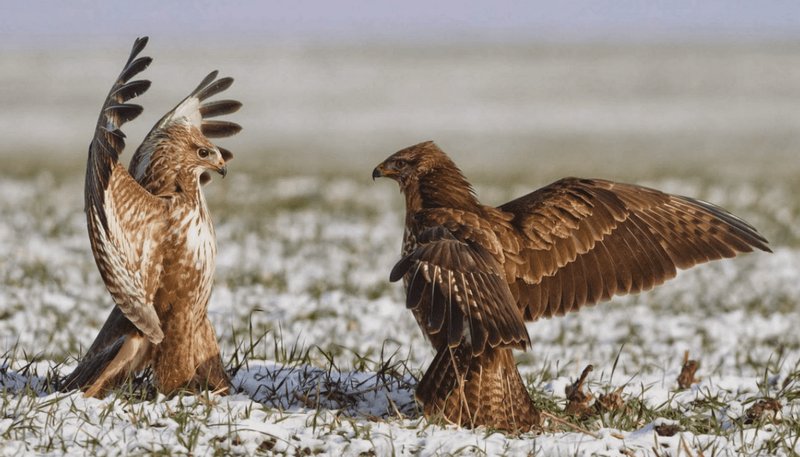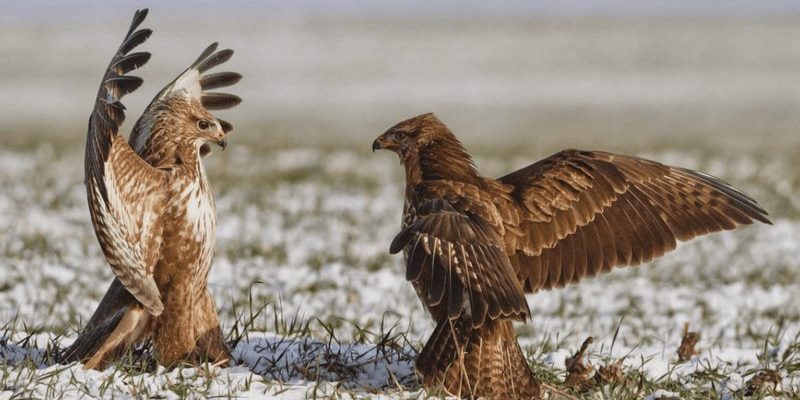
So, what’s the scoop on these conservation efforts? Why are they so vital for the crowned eagle? It’s a mixed bag of challenges and hopeful initiatives that blend science, community involvement, and a dash of passion. Whether you’re learning about these efforts for the first time or just want to dive deeper, this article will walk you through what makes the crowned eagle unique and what’s being done to secure its future.
Understanding the Crowned Eagle
Before we dive into conservation strategies, let’s spend a moment getting to know the crowned eagle. Known scientifically as *Stephanoaetus coronatus*, this bird is often called the “African crowned eagle.” It’s a top predator in its ecosystem and is primarily found in the dense forests of central and southern Africa. Think of it as the lion of the skies—powerful, graceful, and at the top of its food chain.
One of the most remarkable features of the crowned eagle is its impressive size. They can have a wingspan of up to six feet! Picture that: a creature that can glide smoothly on thermal currents with such grace that it looks almost effortless. With piercing yellow eyes and a distinctive crown of feathers, this eagle isn’t just a sight to behold; it plays a crucial role in maintaining the balance of its ecosystem by controlling populations of small mammals and birds.
However, their habitat is increasingly under threat due to deforestation, urbanization, and hunting. It’s a classic case of “out of sight, out of mind.” Many people simply don’t realize how important these majestic birds are—and that’s where conservation efforts come into play.
Threats to the Crowned Eagle Population
You might be wondering what exactly threatens the crowned eagle. Well, the list is pretty concerning. Here are a few key challenges:
- Deforestation: The clearing of forests for agriculture and urban development strips away the natural habitats where these eagles thrive.
- Illegal hunting: In some regions, crowned eagles are hunted for sport, or sometimes due to misconceptions about their danger to livestock.
- Climate change: Altered weather patterns can disrupt the ecosystems these birds depend on, making it harder for them to find food.
Each of these factors contributes to a decline in crowned eagle populations across Africa. In fact, conservationists estimate that their numbers have dropped significantly over the last few decades. The situation is serious, but not without hope.
Active Conservation Programs
In response to these threats, various organizations are stepping up to protect the crowned eagle. These programs are often a blend of scientific research, community education, and hands-on restoration efforts. Here are a few notable examples:
- Research Initiatives: Scientists are studying eagle behavior, nesting habits, and population dynamics. This research helps with effective conservation strategies.
- Community Engagement: Local communities are often brought into the fold. Eco-tourism initiatives educate residents about the importance of the crowned eagle and encourage them to protect it.
- Habitat Restoration: Efforts are underway to restore and protect the forests where these eagles build their nests, ensuring they have a safe place to thrive.
These programs not only focus on keeping the crowned eagle population stable but also bridge the gap between communities and wildlife. It’s essential that local populations understand the value of these eagles—not just as animals, but as vital components of their ecosystem.
Community Involvement and Education
Let’s talk about the heart of conservation: community involvement. You see, it’s not just about scientists in the field; it’s also about people living near crowned eagle habitats. Education plays a crucial role here.
Conservation organizations are working to educate locals about the crowned eagle’s importance. When people understand that the eagle helps control populations of pests and contributes to a healthy ecosystem, they’re more likely to support conservation efforts. For instance, in some areas, locals are taught that protecting the environment also means protecting their own livelihoods.
Workshops, school programs, and community events have been instrumental in fostering a culture of conservation. Imagine a local farmer learning that preserving trees can help maintain eagle habitats, which in turn helps control rodent populations. It’s a win-win!
Legislation and Protection Measures
On a larger scale, legislation is crucial for the crowned eagle’s survival. Various laws and regulations are in place to protect endangered species, including the crowned eagle. Governments can designate protected areas where hunting and logging are prohibited.
Many countries have established policies to regulate land use and promote sustainable practices. This legal framework is essential for safeguarding the habitats of the crowned eagle. Without these protections, the threats they face could increase significantly.
Strong enforcement of these laws is also key. Wildlife rangers and conservationists work tirelessly to monitor and protect these birds, acting as their guardians against poaching and habitat destruction.
The Role of Technology in Conservation
You might be surprised to learn that technology is playing a significant role in conserving the crowned eagle. From GPS tracking to online databases, tech-savvy solutions are revolutionizing how conservationists monitor bird populations.
For example, researchers use GPS collars to track the movements of crowned eagles. This data helps them understand their hunting patterns, nesting sites, and any potential threats they face. It’s like giving these majestic birds a high-tech assistant guiding them through their territory.
Additionally, social media and mobile apps are helping raise awareness and engage the public in conservation efforts. Crowdfunding for exploration or restoration projects has made it easier for people to contribute financially and feel connected to the cause.
In the end, protecting the crowned eagle is a group effort that hinges on a mix of strategies: community involvement, scientific research, legal measures, and technology. Every little bit counts, from a local farmer valuing the eagle’s role in nature to a tech enthusiast supporting conservation apps.
By understanding the importance of the crowned eagle and the challenges it faces, we can all contribute to ensuring its survival. The crowned eagle is more than just a bird; it symbolizes the rich biodiversity of our planet and the delicate balance of our ecosystems. Let’s work together to keep the skies filled with this magnificent creature for generations to come!

